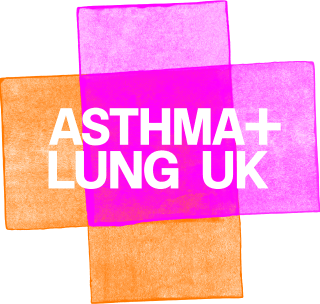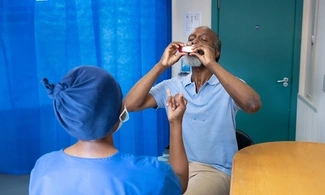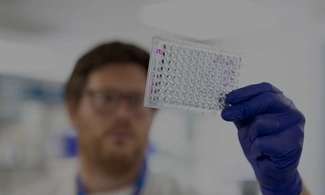How do I use home oxygen safely?
It’s important to take a lot of care when using oxygen because it makes fires spread more easily and quickly.
Do ✓
- Make sure the room you have your oxygen in is well-ventilated
- Make sure you have working fire alarms and smoke detectors in your house
- Tell your local fire brigade that you have home oxygen. In some cases, your oxygen supplier will do this for you
- Keep your device at least three metres away from any appliances that use an open flame, like a gas cooker or fire
- Keep your device 1.5 metres away from other electrical appliances and heat sources
- Make sure you turn off your oxygen supply when it’s not in use
- Store your oxygen equipment away from any heat sources and make sure it is clean and dry
- If you use skin creams, moisturisers, or cosmetic products, make sure they are water-based and not oil or petroleum based. Your pharmacist will be able to recommend products
- Make sure your hands are clean when you’re using your home oxygen equipment
Do not ✗
- Do not smoke or let anyone in your house smoke or use e-cigarettes
- Do not use flammable liquids like aerosols, cleaning fluid or paint thinner while you’re using your oxygen equipment
- Do not use oil-based products like Vaseline. Your pharmacist will be able to recommend alternative products
- Do not leave your cannula or mask in your lap for any length of time
- Do not leave your cannula or mask on your bed or chair when your oxygen equipment is switched on
- Do not let anyone tamper with your oxygen equipment or change your flow rate
- Do not place your oxygen equipment near curtains or cover it with anything
- Do not store your oxygen equipment near paint, oil, grease or domestic heating gases
Oxygen tubing
The tubing provided with your oxygen equipment allows you to move around the house. Make sure:
- you take care, especially on staircases, as the tubing can be a tripping hazard
- your tubing does not get kinked, damaged or trapped
- your tubing does not come near open flames, cookers or heaters
- you never modify or tamper with your tubing
- the firebreaks stay in the tubing and the arrow points towards your cannula or mask. If it does not, contact your supplier.
Oxygen alert card
You will be given an oxygen alert card if your oxygen assessment finds that you are sensitive to too much oxygen. Make sure you show this card to ambulance staff in an emergency. It will ensure they give you the right amount of oxygen and monitor it closely.
Keep it somewhere where it can be seen and tell your family about it, and your carer if you have one.
Oxygen and insurance
If you use oxygen at home, make sure you tell your home insurance provider.
If you plan to travel with oxygen equipment in your car, make sure you tell your car insurance provider.
This should not affect your premium, but it will make sure you’re fully covered if you need to make a claim.
Using oxygen while exercising
Ambulatory oxygen therapy (AOT) can help people with lung conditions keep active. It can also help if you are doing pulmonary rehabilitation.
What is ambulatory oxygen therapy?
Ambulatory oxygen therapy is portable oxygen that you can use when you’re moving around. It usually uses either a portable oxygen concentrator or an oxygen cylinder. These are carried using a shoulder strap, backpack or trolley.
If you’re on long term oxygen therapy but do not have ambulatory oxygen, and you think you might benefit, talk to your healthcare professional. They should take into account your lifestyle and activity level when deciding whether to prescribe AOT. You may need to have another assessment before it is prescribed. This will involve a walking test.
Going on holiday with oxygen
You can still go on holiday in the UK or abroad if you use oxygen. Find out everything you need to know on our travelling with oxygen page.
Your mental health and wellbeing
Life with oxygen therapy can be difficult at times. You may be worried about stigma, being dependent on oxygen, or your condition getting worse. We have more information on managing your mental health and wellbeing when living with a long-term lung condition.

Get support
Call our helpline for support with your condition. Get advice on your medicines, symptoms or travelling with a lung condition, or just call us to say hello.








